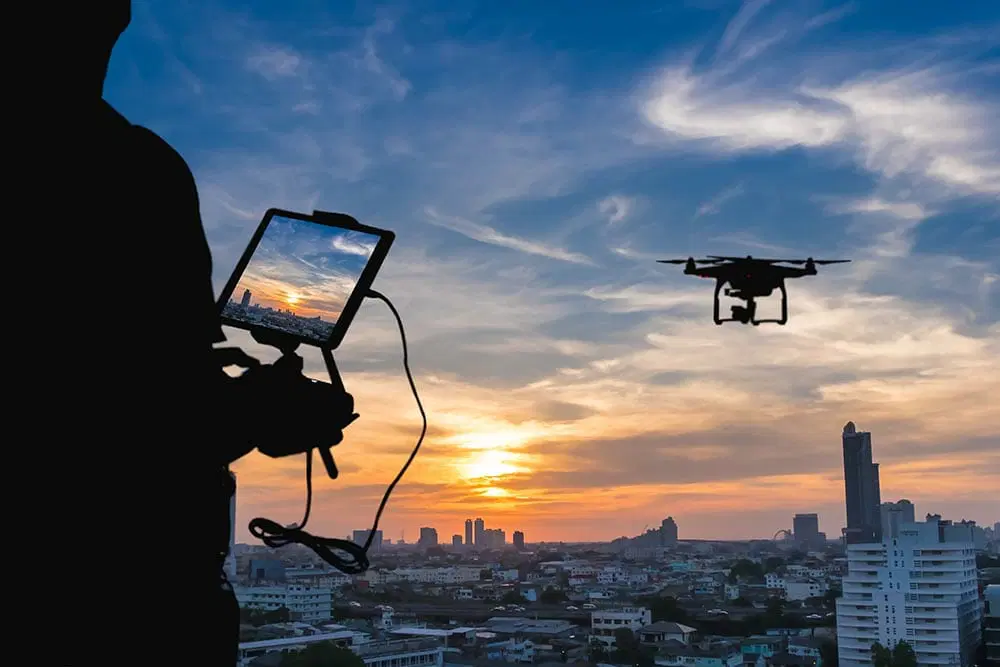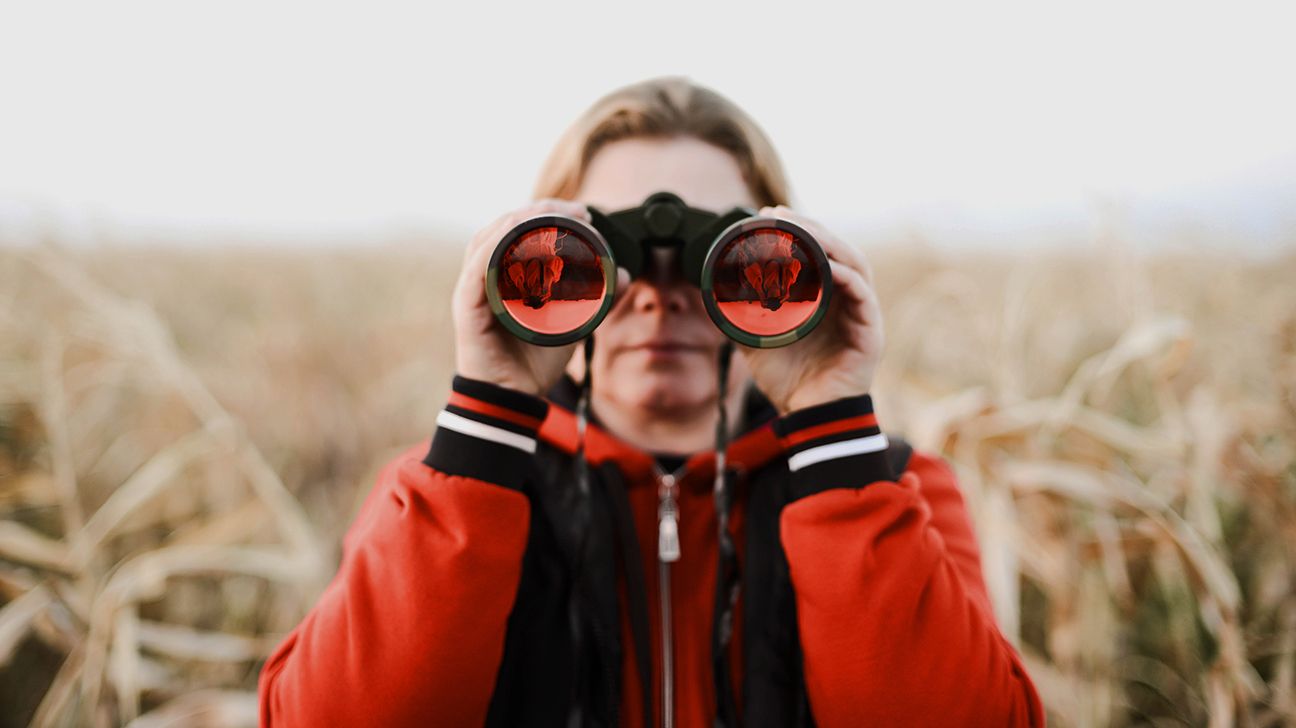Best Camera for Telescopes: Which One is Right for You?
When looking for the best camera for telescopes, professional photographers often find themselves at a crossroads. The combination of advanced optics and high-quality imaging devices can lead to spectacular celestial photographs if chosen correctly. For those serious about astrophotography, it is vital to consider various factors that contribute to the overall image quality, compatibility with your telescope setup, and the specific astronomical phenomena you wish to capture.
In this guide, we will delve deeply into the essential features to look for, popular models, and tips for selecting the perfect camera for your telescope. From CCD cameras to smartphone options, we've got you covered!

Understanding the Basics: What to Look For
Before deciding on which camera to purchase, it's essential to familiarize yourself with the different types of cameras available for telescopes. Here are some crucial factors to consider:
- Sensor Size: Larger sensors capture more light, resulting in better image quality, especially during low-light conditions.
- Resolution: Higher resolution cameras provide more detail in your images, a critical aspect for professional photographers.
- Cooling Feature: Cameras with cooling capabilities reduce noise and enhance image quality during long exposures.
Types of Cameras Suitable for Telescopes
There are various camera types that are commonly used for astrophotography:
1. CMOS Cameras
CMOS cameras are increasingly popular among astrophotographers due to their affordability, lower power consumption, and decent performance. Many individuals find that the image quality produced by modern CMOS sensors can rival that of higher-end CCD cameras.
2. CCD Cameras
CCD cameras are recognized for their superior image quality and lower noise levels, making them an excellent option for capturing faint celestial objects. These cameras are typically more expensive compared to their CMOS counterparts but offer a professional-grade output.
3. DSLR Cameras
Many professional photographers already own DSLRs, which can also be adapted for use with telescopes. This versatility allows photographers to utilize their existing gear without needing to purchase dedicated astrophotography equipment.
Best Camera Recommendations for Telescopes
Now, lets take a look at some of the best camera options available. Each of these cameras excels in capturing stunning astronomical photography:
1. ZWO ASI1600MM Pro
This popular CMOS camera features a large sensor and offers excellent sensitivity. It comes with a cooling system that significantly enhances the quality of long-exposure images.
2. Canon EOS Ra
This DSLR is specifically designed for astrophotography, featuring a modified sensor that captures nebulaes red hues more accurately. It also provides compatibility with various telescope mounts.
3. QHYCCD 183C
Small and lightweight, this camera delivers outstanding image quality with a high resolution. It is suitable for both lunar and deep-sky imaging, making it a versatile choice.
Setting Up Your Camera with a Telescope
Once you've selected the best camera for telescopes, its time to set it up. Here are some essential steps to ensure youre ready for capturing those stunning pictures:
- Ensure compatibility between your camera and telescope.
- Use an appropriate T-ring to attach your DSLR or cooled camera to the telescope.
- Check all settings before beginning your imaging session, such as ISO and exposure time.
FAQs about Choosing the Right Camera
1. Can I use my smartphone as a camera for my telescope?
Yes, smartphone cameras can be used, but be aware that the quality may not match dedicated cameras. Special adaptors are necessary for coupling your phone to the telescope.
2. Is cooling essential for astrophotography?
Cooling is crucial if you plan on capturing long exposures. It helps reduce noise in your images, which is fundamental for high-quality astrophotography.
3. How do I connect my DSLR to a telescope?
Connecting your DSLR to a telescope typically involves using a T-adapter and a T-ring, which allows for secure attachment and alignment.

Conclusion
Finding the best camera for telescopes requires careful consideration of factors like sensor size, resolution, and cooling features. Whether you choose a CCD or CMOS camera, or even a DSLR, make sure it suits your specific astrophotography needs. With the right equipment, you can successfully capture stunning images of celestial wonders, bringing the beauty of the universe closer to home.
For further reading on telescopes, make sure to check these articles: Best Professional Telescopes, Telescopes for Photography, Optical Telescope Basics.

